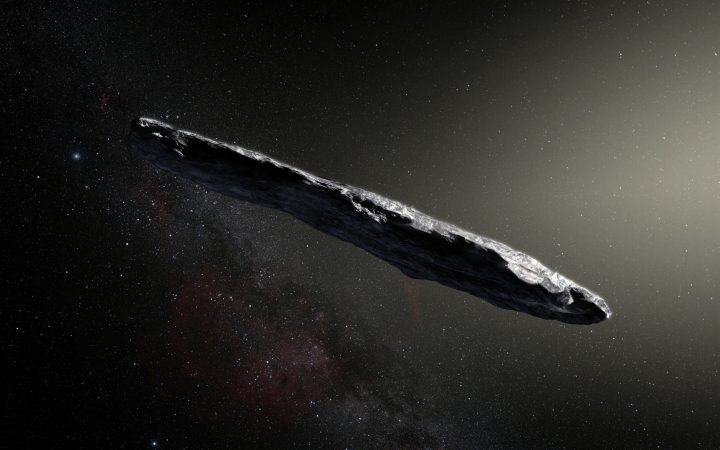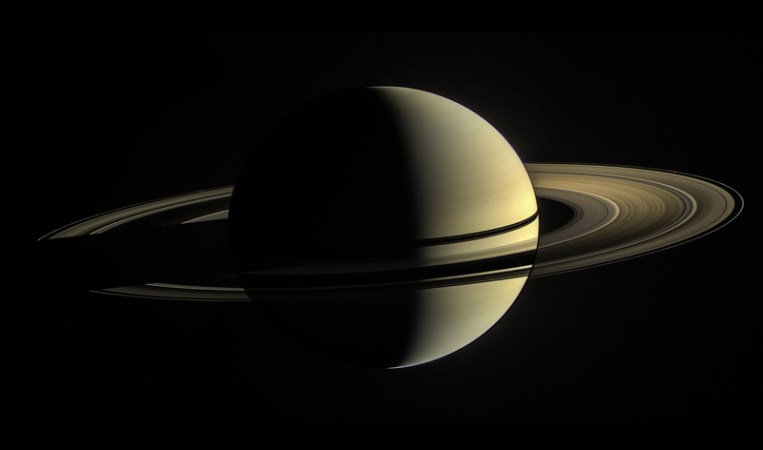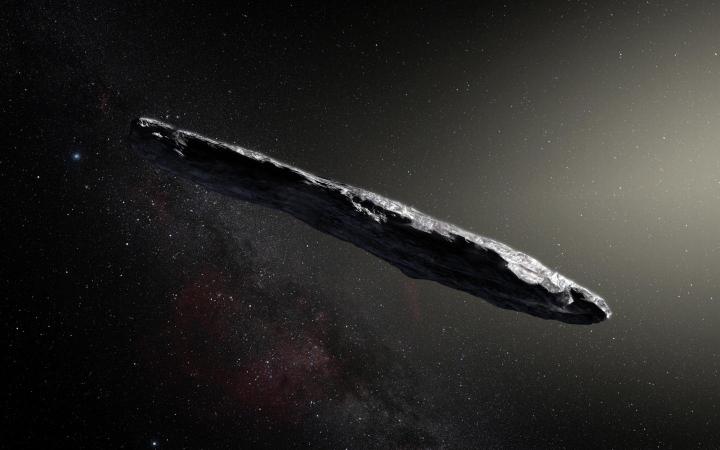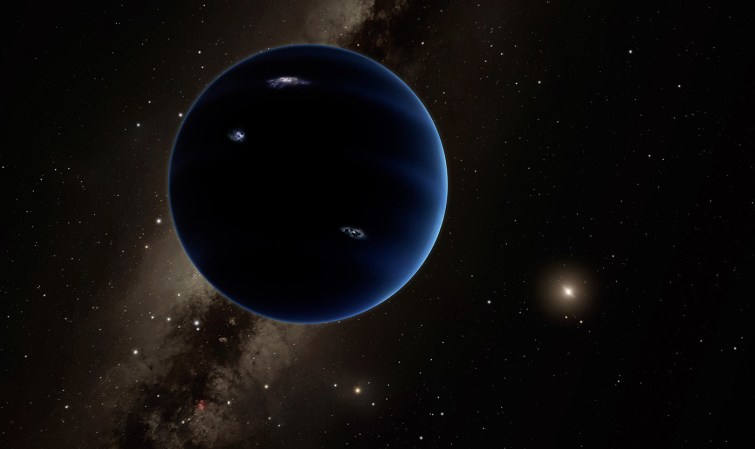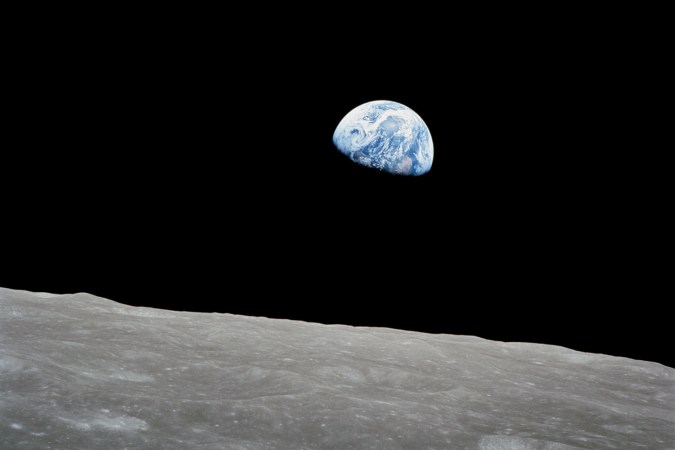

From the ascending soul of Julius Cesar to the onset of the black death, humans have found no shortage of meaning in the streaking of comets across the skies.
Not until more recently, however, did astronomers uncover the strange truth. Unlike planets, asteroids, and other hunks of rocks that fly through the heavens, comets are mostly made of ice with a dash of dust. And those various ices—molecules of frozen carbon monoxide and methane as well as water and other compounds—represent a rare record of the solar system’s early days, when a smooth disk of chemicals and dust turned around sun. Planets have since swept up almost all traces of the primordial stuff that formed them, and today it survives only in the miles-wide snowballs that occasionally swing in from orbits beyond Pluto.
“They spend most of their lifetimes in deep freeze,” says Anita Cochran, an astronomer at the University of Texas at Austin. “When we study the comets, we’re basically looking at relics of when the solar system formed.”
Now researchers are attempting to turn everything we know about comets and the early solar system into a coherent origin story. As a preliminary test, one group has taken observations of a few comets and checked them against their predictions for what chemicals existed in the so-called “protoplanetary disk” that would eventually become the solar system. Underlying the diverse selection of about a dozen current comets, whose orbits around the sun ranged from less than a decade to thousands of years, the researchers found an unexpected trend.
“All of these comets could have actually formed in the same radial range,” says Christian Eistrup, an astronomer at the University of Virginia who’s led the research as part of his PhD thesis. “A ring around the [solar system’s] disk.”
Uncovering the objects’ possible shared origin required melding decades of comet observations with new theories of solar system formation. On the observation side, Eistrup combed through research, manually assembling a catalog of which chemical ices had been spotted in which comets. On the theory side, he and his collaborators took the best the emerging field of astrochemistry—the chemistry of space—had to offer. Powerful near-infrared and infrared telescopes such as ALMA and the Spitzer Space Telescope have helped map out specific molecules in developing planetary disks around other stars. And terrestrial labs aiming to mimic the conditions of space are filling in the gaps in explaining the dance that brought particles together into ices and dust, and eventually pebbles and planets.
One such theory, for instance, is the idea that the solar system grew from atomic—as opposed to molecular—seeds. The initial particles might have come from the native ice molecules that waft between stars, Eistrup explains, but his shared comet pattern holds only if one assumes that they started from atoms: bits of interstellar ice blasted apart by early explosions from the young sun.
By running computer simulations, Eistrup tested how the assumed distributions of methane, carbon dioxide, and other molecules in the protoplanetary disk could have led to the amounts of the chemicals seen in his bundle of comets. He found that one range of conditions best matched the observed abundance: all 14 of his comets likely formed in temperatures between 21 degrees and 28 degrees Kelvin (minus 422 to minus 409 degrees Fahrenheit)—mapping to a relatively narrow band in space that moved outward from the sun as the solar system cooled. From there, future gas giants like Jupiter would have booted most of them out of the solar system altogether, and given the leftovers the long, looping orbits they have today. The result will be published in the journal Astronomy & Astrophysics.
Other researchers are intrigued, but hesitant to declare the case of comet formation cracked. “Whether [his result] is right or not I can’t tell you,” says Cochran, who was not involved in the research, “but it’s the right concept of taking a look at the comets and seeing where we think they formed.”
She’d like to see Eistrup expand his sample to span a wider range of comets, such as ones that have even longer orbits and ones that are falling apart. In particular, she highlights a recently discovered “weird-ass” comet as one that might break his model. Eistrup for his part thinks his model will survive the new outlier, but otherwise agrees with the criticism. “There are billions of comets out there,” he says. “Fourteen of them is not a huge sample size.”
Not knowing every comet’s exact makeup is another weak point. The more compounds a comet is known to have, the more tightly the simulation can pinpoint its formation, Eistrup said. That leads to a better understanding of well-studied objects like Halley’s Comet and 67P, which hosted the European spacecraft Rosetta, but more tenuous answers for less famous balls of ice.
To really shore up the computer simulations, the comet community dreams of collecting a sample and returning it to Earth, much like the Japanese Hayabusa mission did with asteroid dust. Then researchers could check the comet’s exact composition against their measurements. For now though, researchers will have to settle for the incremental guess-and-check process that plays out between model builders and astronomers. “Gradually they’ll build up what works and doesn’t work,” Cochran says, “and meanwhile those of us who are observers will find comets that challenge their view.”



